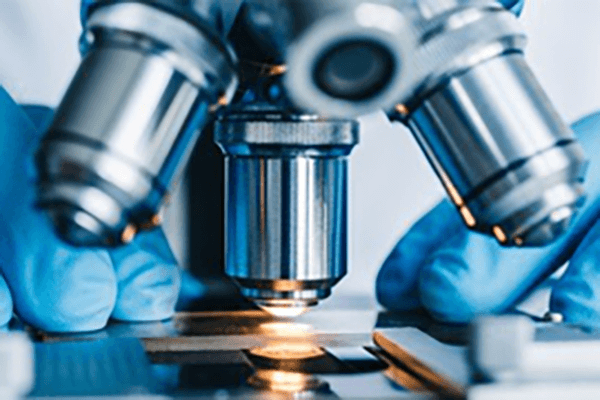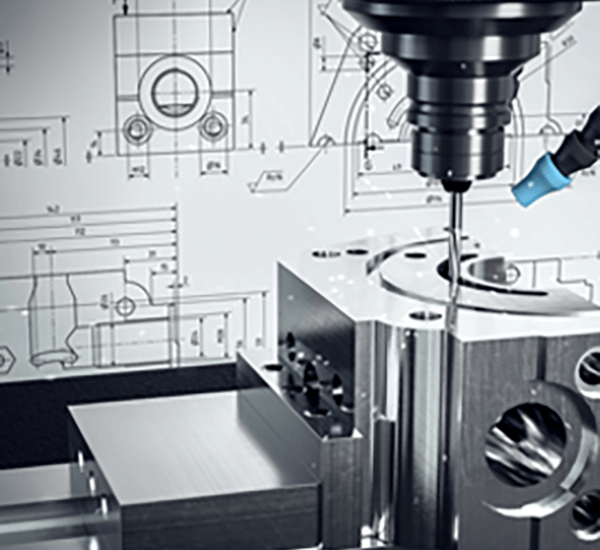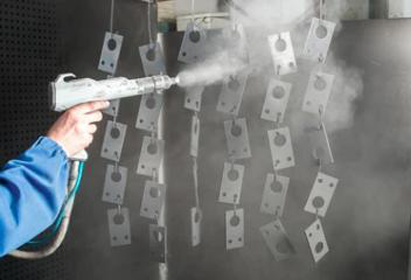
Delivering appointed top-layer smoothness for a manufactured item is of paramount importance.
- Design documents set out definitive finishing requirements for parts
- Many specifications reference Ra, an average roughness metric, for surface measurement
- Decoding surface notes is important for ensuring components achieve required performance
- Specified roughness affects lubricant distribution, frictional performance, and durability
- It is essential to interpret the specific callout to achieve the desired outcome
CNC Machining: Precision Engineering Defined

Robotic-assisted machining defines a modern manufacturing practice using CNC instructions the equipment fabricates detailed forms with consistency.
- Numerical control tools generate quality components from varied media
- Wide-ranging CNC applications encompass medical, electronics, and transport industries
- CNC processes produce uniform parts with high repeatability over runs
From small prototypes to large-volume runs CNC machining performs a central function in today's manufacturing landscape
CNC Specification Guidance
Grasping machine spec language may feel tough at first
Nevertheless simple study and a stepwise method let you read technical specifications
Open by noting essential values: spindle speed, feeds, accuracy, envelope, control type
Every listed attribute influences the equipment’s operational capacity.
For example a higher spindle speed is suitable for softer materials while a faster feed rate is essential for increased production.
Perceiving such relations guides selection of appropriate CNC equipment
Always examine producer technical literature in detail.
Maker resources usually present informative direction and demystify jargon
What is a CNC Machine? A Comprehensive Guide
CNC machines are specialized computer-controlled systems used in manufacturing for precise and automated fabrication of various materials These systems execute G-code sequences to govern tool movement and actuation.
- Frequent CNC varieties include mills, lathes, routers, plasma cutting machines
- Fabrication techniques operate on ferrous, nonferrous, polymeric, and composite materials
- Likewise CNC solutions enable fast prototyping and small-lot production for enterprises and research labs
CNC Fundamentals and Principles
They manifest coupling of mechanical fidelity and complex software governance Multifunctional systems use programming logic to fabricate both simple pieces and composite assemblies Key principle turns electronic models into physical artifacts.
- Programmed machining process
- Software-guided fabrication
It requires coordinated toolpath steps instructed by G-code Skilled staff determine cutting conditions, observe operations, and verify finished part quality.
Influence of Finish on CNC Operations
Delivering planned surface condition during machining is necessary It impacts both functional performance and surface look Base material, cutting conditions, and post-machining refinements govern texture.
Superior polishing extends service life; rougher finishes may limit capability Numerical control machining supplies multiple methods and cutters to obtain target textures.
- Consider using alternative cutting shapes |carbide alloys|speed settings to obtain particular finish
- Supplementary finishing like polishing or abrasive grinding enhances surface
Recognizing how feeds, speeds, and tool geometry interact yields optimal finishes.
CNC Fundamentals: Operations and Uses
It constitutes a high-precision manufacturing approach using programmed machine tools to form parts from many materials They follow G-code sequences to generate complex parts reliably Comprehending toolpaths, G-code, and tooling strategies supports effective machining
Industry applications include aircraft, automotive, medical, electronics, and beyond From intricate parts for aircraft engines to precision molds for plastic injection CNC machines have become indispensable tools for producing high-quality products with complex geometries
Surface Finish Notation for Machined Components
Accurate finish definition matters when machining parts with CNC It assures alignment with required performance and visual expectations Drawings usually depict finish requirements with Ra roughness values This numerical value expressed in micrometers inches or millimeters indicates the average height of surface irregularities.
Balance smoothness needs with intended application when designating finish

Smooth textures are commonly specified for components demanding precise fits and tolerances
Rugged finishes sometimes serve parts that need enhanced traction or grip
Employ an unambiguous finish note on drawings to specify surface expectations State the Ra figure and any extra machining or finishing instructions required.
Keep in mind clear finish callouts are central to manufacturing success
CNC Equipment Types and Use Cases
Machine shops deploy varied CNC equipment tailored to many distinct production tasks They depend on CAD/CAM instruction to operate cutting tools for efficient part fabrication.
- Milling machines are renowned for their ability to remove material from a workpiece shaping it into complex geometries
- Lathes excel at producing round parts such as shafts rods and bushings
- Laser, waterjet, and plasma technologies suit intricate shapes and delicate workpieces
Machine selection is dictated by workpiece material, geometric complexity, and precision demands Specialized CNC abilities fulfill industry requirements across sectors from transport to healthcare.
Obtaining High-Quality Surface Finish with CNC
Achieving a superior surface finish is crucial in numerous manufacturing processes and CNC machining offers an exceptional method for achieving this goal With exact feed control spindle tuning and proper tool shapes machinists influence finish quality and minimize defects Furthermore the utilization of high-quality tooling materials and proper lubrication techniques contributes to a smoother finish Strategic toolpath planning and precise machine adjustments result in superior finish quality.
Securing Surface Finish Through CNC Programming
Controlling finish within programming is key to obtaining target surface results Selected feeds speeds and tool geometry directly shape the resulting surface profile Exact parameter choices plus proper fluid management achieve refined finishes.
- In addition periodic tool servicing and checks secure consistent surface quality Furthermore regular tool maintenance and inspection are essential for ensuring a consistent and high-quality surface finish over time Also ongoing tool care and machine finishing symbols inspection support sustained finish reliability
- For ideal finishes weigh material choice, roughness spec and usage demands
- Toolpath simulation enables testing parameter impacts to cut down surface errors
- Moreover scheduled tool maintenance and inspection preserve surface performance
